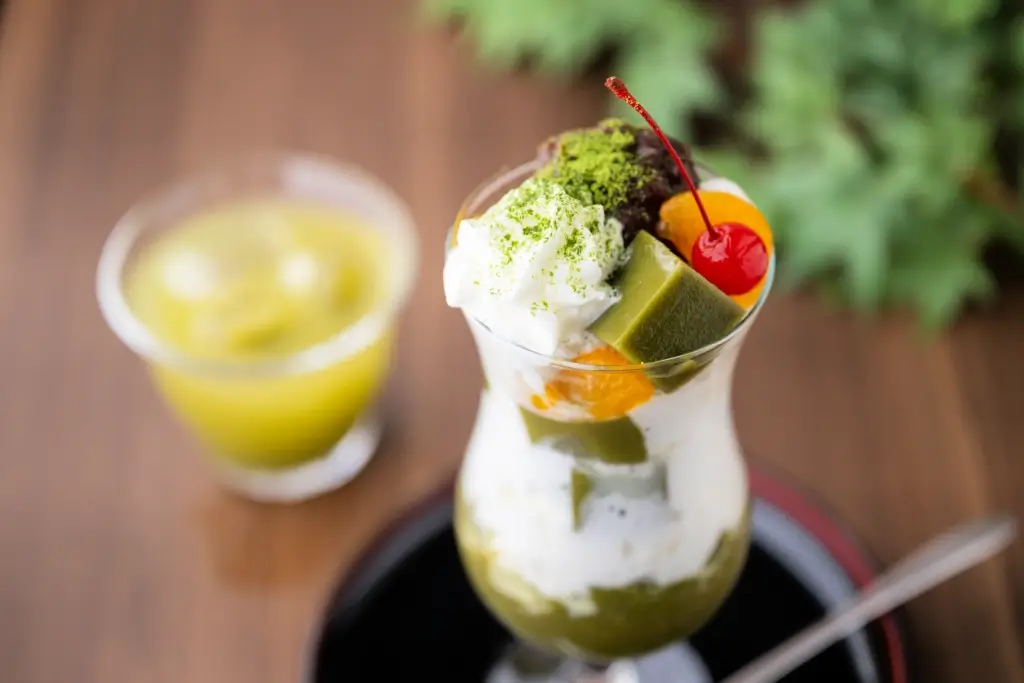Japanese parfait is just one of many desserts that blend tradition and modern creativity! From milkshakes to cheesecake, these sweets use seasonal ingredients, delicious flavors, and beautiful visuals that make them a treat for all. Be prepared to explore classic desserts in new, creative ways that will leave you wanting more!
Table of Contents
ToggleJapanese Parfait
Japanese parfait has a history created from cultural exchange. Borrowed from French cuisine, the parfait was introduced to Japan during the early 20th century. Over time, Japanese chefs adapted it to their tastes, incorporating native ingredients like matcha, mochi, and anko. Today, the Japanese parfait is a modern dessert favorite, enjoyed in many ways thanks to its creativity and variety.

Unlike traditional Western parfaits with layers of yogurt or custard with granola and fruit, the Japanese version is a visual masterpiece. Served in tall glasses, it features layers of ice cream, cake, jelly, fruits, and whipped cream. Many Japanese parfaits are also seasonal, using fresh ingredients. The presentation and textures make it stand out as a dessert meant to be enjoyed visually and in taste!
Nagasaki Milkshake
The Nagasaki milkshake traces its origins back to the Taishō period (1912-1926) when it was created as a luxurious yet simple drink. Inspired by Western milk-based beverages, this treat became a symbol of luxury in modernizing Japan. Its popularity spread throughout the Nagasaki region, where it’s still celebrated as a local specialty. Over the decades, the Nagasaki milkshake retained its charm, becoming a beloved part of Japan’s food history.
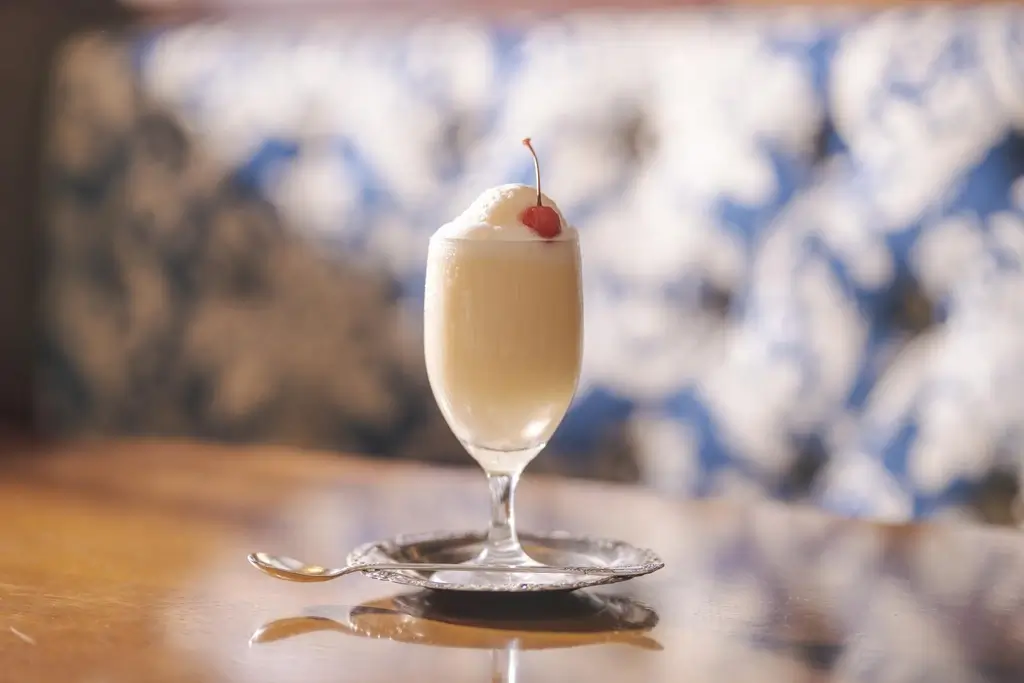
What sets the Nagasaki milkshake apart is its light and airy texture. Unlike thick Western milkshakes loaded with ice cream, this Japanese version is whipped to a froth using milk, condensed milk, and ice. Its simplicity and mild sweetness make it an ideal refreshment on warm days. Variations may include a hint of fruit or vanilla, but the classic version stays true to its roots!
Shu Kuriimu
Shu kuriimu, Japan’s version of cream puffs (French: chou à la crème), has its roots in European choux pastry. Introduced to Japan in the late 19th century, the dessert gained popularity as a Western treat. Over time, Japanese bakers refined the recipe, adapting it to local tastes using lighter creams and local flavors like matcha and yuzu. By the mid-20th century, shu kuriimu became a staple in Japanese bakeries, loved for its adaptability and freshness!
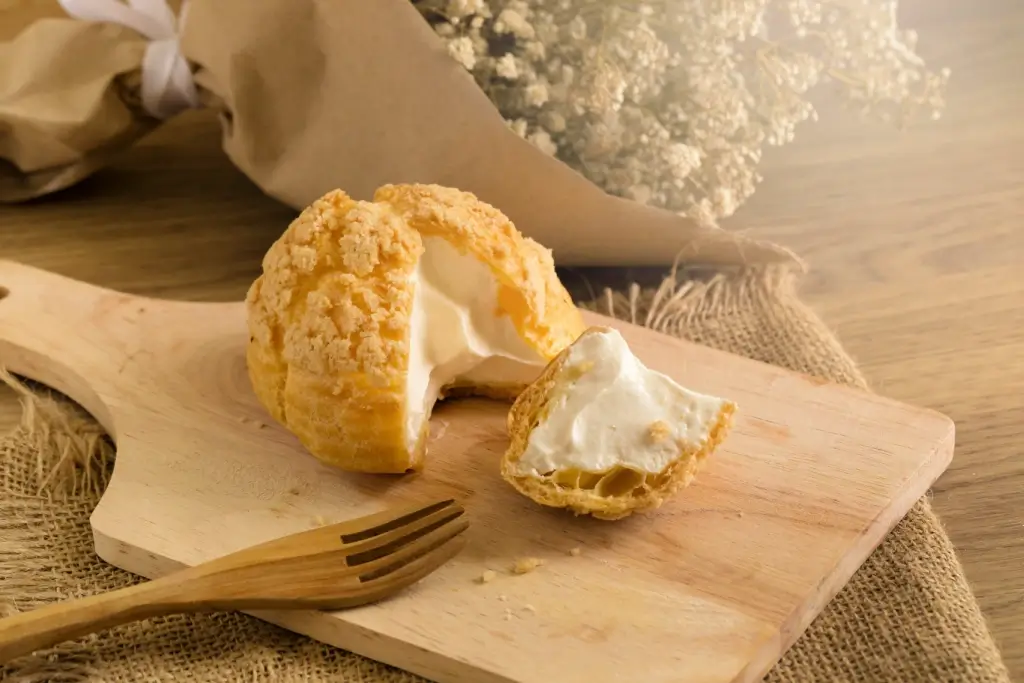
Unlike Europe’s dense, buttery cream puffs, Japanese shu kuriimu is lighter in texture and flavor. The outer shell is crisp and delicate, but the inside has a creamy, custard-like filling. Traditional flavors like vanilla and chocolate remain popular, but modern variations often feature matcha or red bean. Freshly filled just before serving, each bite offers a balance of lightness and richness that keeps people returning for more!
Coffee Jelly
Coffee jelly emerged during the Meiji era (1868-1912) as Japan welcomed Western culinary influences. Initially served in upscale restaurants, it quickly gained popularity for its blend of simplicity and sophistication. Coffee jelly became a household favorite, particularly during Japan’s post-war period when easy-to-make desserts were in demand. Today, it remains a retro yet stylish treat enjoyed across all generations.
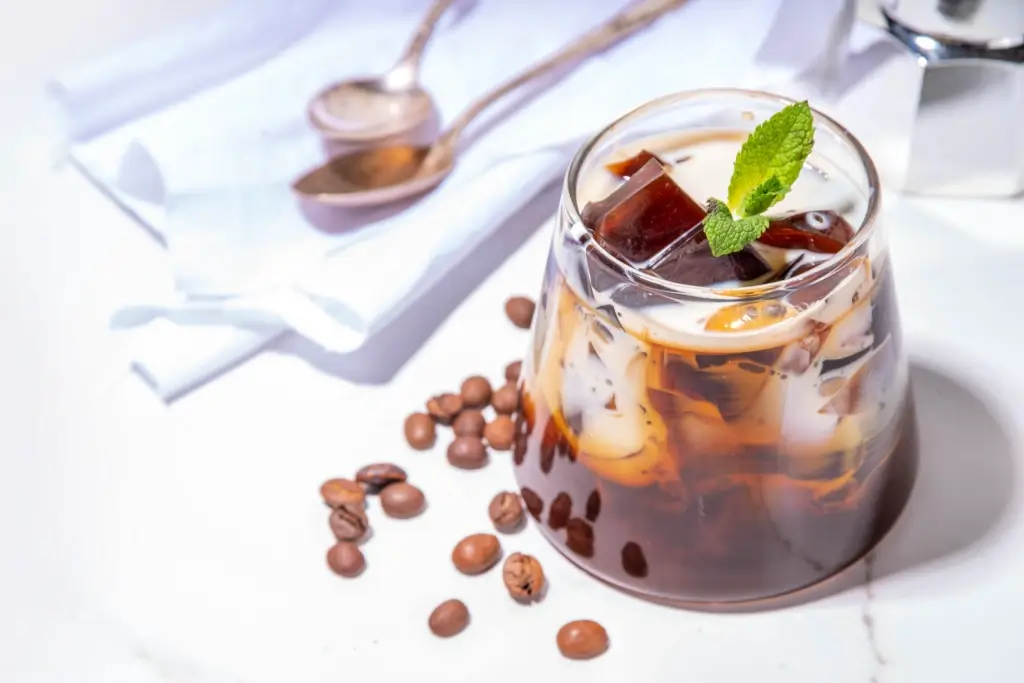
Made from sweetened coffee set with gelatin, this dessert offers a bittersweet flavor profile that is great for adults and children. It’s a refreshing alternative to heavier desserts, typically served in cubes with a drizzle of cream or condensed milk. Coffee jelly is also versatile, often used as a topping for parfaits or ice cream. Its bold coffee flavor and bouncy texture make it a delightful treat for any coffee enthusiast.
Are you looking for amazing desserts to have with your tea? Check out Sakuraco! Sakuraco delivers traditional Japanese snacks, teas, and sweets from local Japanese makers directly to your door so you can enjoy the latest treats directly from Japan!
Japanese Cheesecake
Japanese cheesecake, or soufflé cheesecake, originated in the 1960s when Japanese bakers sought to create a lighter version of traditional American cheesecake. Influenced by French soufflé techniques, they developed a recipe that incorporated whipped egg whites into the batter. The result was a fluffy, airy cake with a subtle sweetness, perfect for Japanese palates.
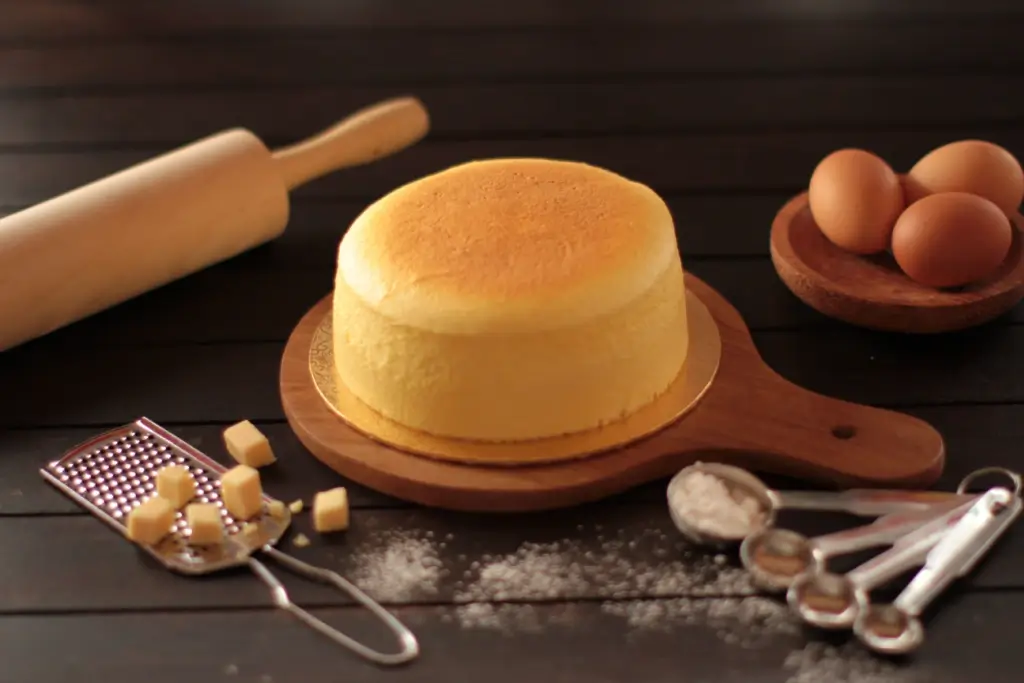
Unlike dense and rich American cheesecakes, Japanese cheesecake is soft, delicate, and almost cloud-like in texture. Its flavor is less sweet, allowing the cream cheese to shine without overwhelming the palate. Japanese cheesecake focuses on simplicity and balance, whether topped with powdered sugar or served plain. It shows off the elegance of Japanese desserts, combining creativity with subtlety.
Why should I try classics like Japanese parfait?
People should try Japanese desserts because they are a unique fusion of cultural influences and culinary creations. Each dessert represents Japan’s ability to reinvent global classics, blending traditional and modern elements to create something delicious. Whether it’s the layered beauty of a Japanese parfait or the nostalgic charm of coffee jelly, these treats provide an unforgettable experience for the senses.
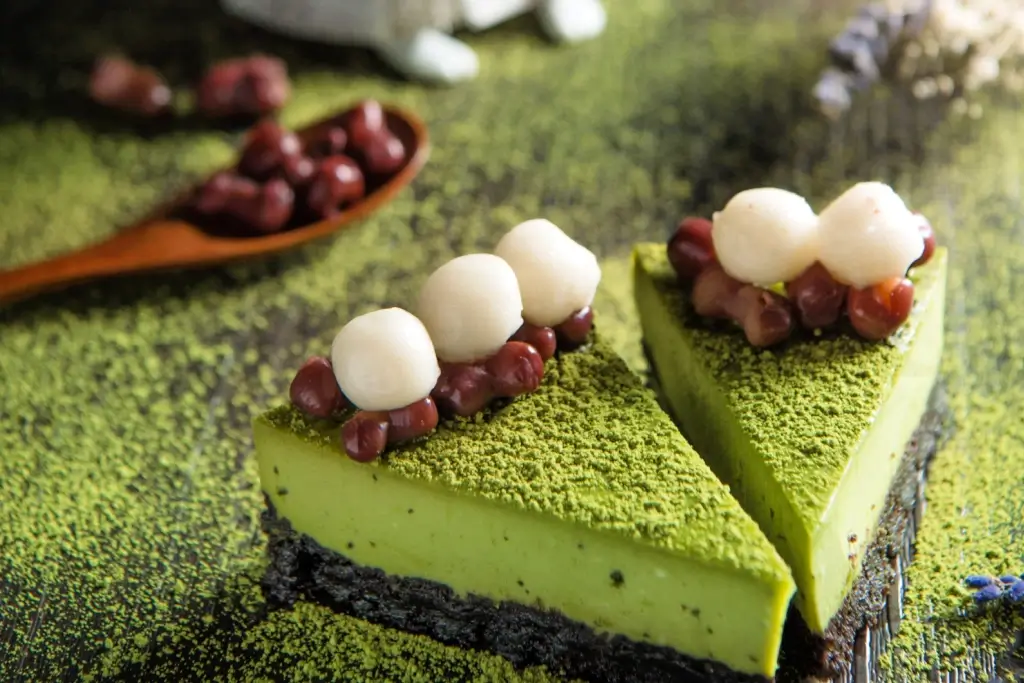
Japanese desserts stand out for their balance of flavors. They often emphasize natural sweetness and light textures, making them more refreshing than overly sugary options. Trying these classics allows you to taste something new and appreciate the stories behind them. Each dessert invites you to explore a piece of Japan’s culinary history. If you want something unique yet comforting, these treats are a perfect starting point! Have you tried any of these Japanese classics? Which one is your favorite? Let us know in the comments below!

